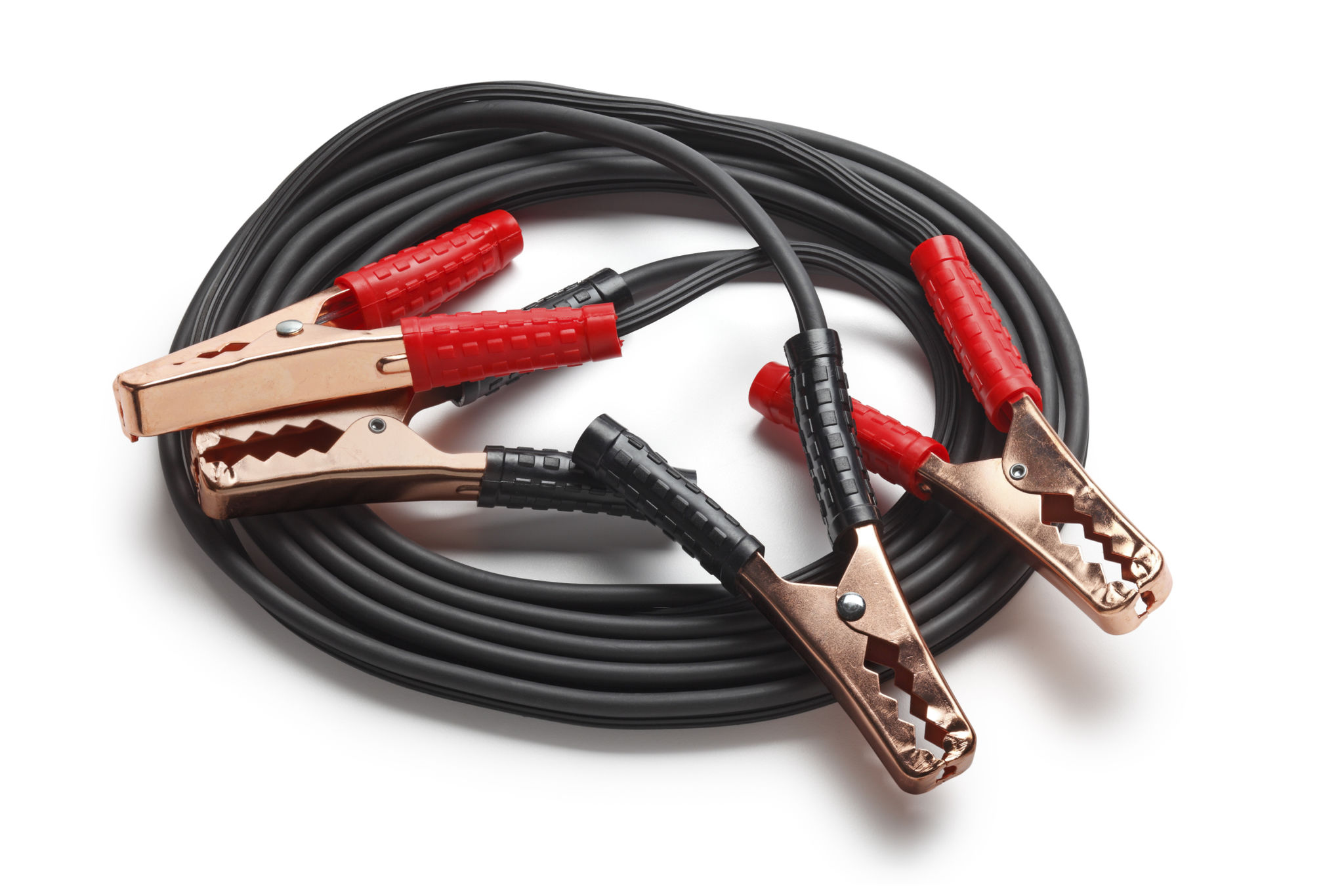Common Misconceptions About Car Battery Jumpstarts
Understanding Car Battery Jumpstarts
Car battery jumpstarts are a common solution for dead batteries, but many drivers misunderstand the process. It's important to know when and how to jumpstart a vehicle safely. Let's explore some of the most frequent misconceptions surrounding this topic.

Myth: Any Car Can Jumpstart Another
One prevalent misconception is that any car can jumpstart another vehicle. While this might be true in some cases, it's not universally applicable. Cars with different voltage systems, such as a 12-volt system attempting to jump a 24-volt system, can cause severe damage to both vehicles. It's crucial to ensure that both vehicles have compatible electrical systems before proceeding with a jumpstart.
Additionally, some newer vehicles have sensitive electronics that could be damaged during a jumpstart, so consulting the owner's manual is always recommended before attempting this procedure.
Myth: You Can Use Any Cables
Another common belief is that any set of jumper cables will do the job. However, not all cables are created equal. Jumper cables come in different gauges, which determine their thickness and ability to conduct electricity. Using cables that are too thin can result in insufficient power transfer, prolonged jumpstart attempts, or even overheating and damage to the cables.

It's best to invest in high-quality cables with a thicker gauge (such as 4 or 6) to ensure a safe and efficient jumpstart process.
Myth: Jumpstarting Always Fixes the Battery
Many people assume that once a car is jumpstarted, the battery problem is resolved. In reality, a jumpstart is merely a temporary fix. If a battery repeatedly dies, it could indicate a deeper issue such as an old battery, a malfunctioning alternator, or electrical system problems. It's essential to have the car inspected by a professional if the battery continues to lose charge.

Moreover, relying on frequent jumpstarts can eventually lead to damage to other components of the vehicle's electrical system.
Myth: Jumpstarting Is Always Safe
Safety is another aspect often misunderstood when it comes to jumpstarting a car. People may overlook the potential risks involved, such as sparks or electrical surges. Improperly connecting the cables can lead to serious accidents or damage. Always connect the positive (red) cable first and ensure that metal parts do not touch during the process.
A good practice is to wear gloves and goggles for protection and to follow step-by-step instructions closely when jumpstarting a vehicle.
Myth: Cars Charge Batteries Quickly
Some drivers believe that once their car is jumpstarted, driving for a short distance will fully recharge the battery. However, this isn't always true. While driving can help recharge the battery, it may not be sufficient if the battery was deeply discharged or if there is an underlying issue with the charging system.
It's advisable to use a battery charger for a more thorough recharge or have the battery tested if it continues to lose power.
Conclusion
Understanding these common misconceptions about car battery jumpstarts can help prevent damage and ensure your vehicle's safety and reliability. Always follow proper procedures and consult a professional if you're unsure about any aspect of the process. By doing so, you can extend the life of your car battery and avoid unnecessary headaches on the road.